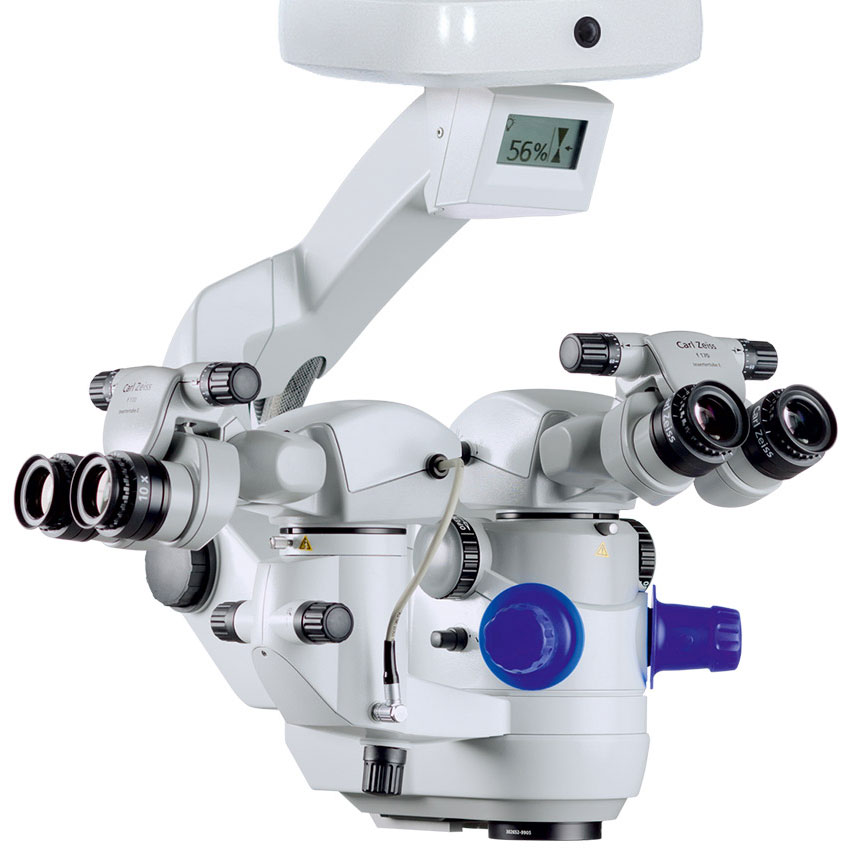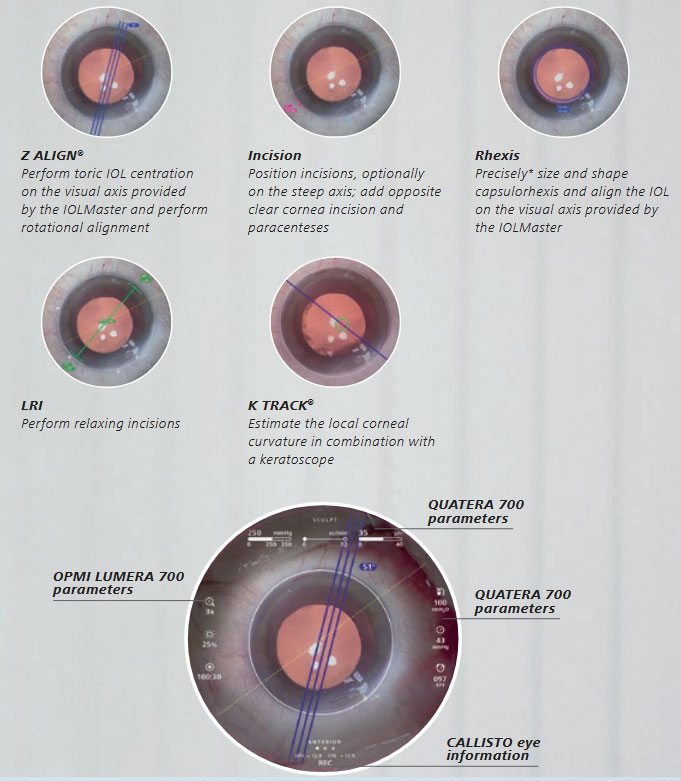Shop refurbished ZEISS Opmi Lumera 700 surgical microscopes, fully patient-ready, serviced, and calibrated. Ideal for ophthalmic surgery. Sold as is with 12-month warranty and 14 days money back guarantee
If you’re looking for a high-performance surgical microscope trusted by ophthalmic surgeons worldwide, the ZEISS Opmi Lumera 700 remains one of the most advanced and reliable systems available. Our refurbished patient-ready ZEISS Lumera 700 units are fully inspected, recalibrated, and certified by biomedical engineers — delivering as-new performance at a fraction of the cost.
 Whether preserving or restoring a patient’s sight, the OPMI LUMERA 700 from ZEISS is the surgical microscope for every ophthalmic specialty. Experience markerless IOL alignment and integrated intraoperative OCT3 imaging – all in one device – from the ophthalmic microscope market leader.
Whether preserving or restoring a patient’s sight, the OPMI LUMERA 700 from ZEISS is the surgical microscope for every ophthalmic specialty. Experience markerless IOL alignment and integrated intraoperative OCT3 imaging – all in one device – from the ophthalmic microscope market leader.
ZEISS OPMI LUMERA 700 is part of our commitment to helping you succeed in your OR. It’s also part of the ZEISS Cataract Suite, which includes leading products designed to work together for markerless toric IOL alignment.
One example is with the OPMI LUMERA 700 from ZEISS, an
operating microscope ideally suited for every ophthalmic
surgery speciality. Experience markerless IOL alignment and
integrated intraoperative OCT* imaging – all in one device.
Precise and efficient markerless toric IOL alignment. With ZEISS CALLISTO eye markerless alignment, manual marking steps can be skipped altogether for an efficient and precise toric IOL alignment to reduce residual astigmatism
For cataract surgeries, ZEISS OPMI LUMERA 700, with its well-known patented SCI illumination, ZEISS optics and CALLISTO eye from ZEISS provides the best anterior views and precise assistance functions.
The assistance functions of ZEISS CALLISTO eye are completely surgeon-controlled – with either the foot control panel or handgrips.

Efficient markerless IOL alignment Starting with a biometry reference image from the IOLMaster from ZEISS, data is transferred smoothly to CALLISTO eye. This data is used to create overlays in the eyepiece. Save time, increase efficiency and reduce residual astigmatism when you:
The image quality check supports you to optimize light intensity, magnification and centration of the microscope toefficiently set up the reference axis. The well-proven* eye tracking automatically compensates for eye movements and supports the use of the assistance functions.
As minimally invasive glaucoma surgery (MIGS) and canaloplasty procedures evolve, intraoperative OCT plays an increasingly important role, particularly for monitoring implants such as stents in difficult to see spaces. The integrated intraoperative OCT* images of the ZEISS OPMI LUMERA 700 enable a clear visualization of the device placement to help achieve excellent outcomes
Integrated intraoperative OCT* visualizes the orientation and placement of the MIGS implant, supporting surgical decisions and providing more information on outcomes. Distortion-free, computer enhanced intraoperative OCT* images visualize detailed structures in the natural physiological shape.
Save time by maintaining the selected intraoperative OCT* scan location with the new automatic XY tracker. In addition to the proven Z tracker, the XY tracker compensates for movements of the eye or the microscope
Shield the retina from excessive light exposure with the integrated retina protection filter.
Tilt the microscope head as needed to better observe the iridocorneal angle
Clinical results indicate that using intraoperative OCT* can reduce cell loss.** Studies show that intraoperative OCT* from ZEISS can lead to quicker decisions***, resulting in reduced manipulation time and, therefore less cell loss. The integrated intraoperative OCT* of the ZEISS OPMI LUMERA 700 visualizes the actual physiological shape of the cornea in two different scan views. Switch between views with a touch of the finger or tap of the foot to make your decisions faster.
Quickly change between high-resolution OCT scans (2.9 mm scan depth in tissue) and large overview images (5.8 mm scan depth in tissue) to visualize and assess
graft orientation. Observe the natural physiological shape of the cornea with distortion-free intraoperative OCT* images. See how intuitive OCT image navigation is during surgery.
Monitor the graft orientation and assess the interface with the patient´s cornea. Verify proper graft positioning as well as visualize fluid interface and graft adherence.
OCT* imaging helps the surgeon during DALK to assess the dissection depth in order to reduce perforation risk and potentially improve the reproducibility of the big-bubble procedure







